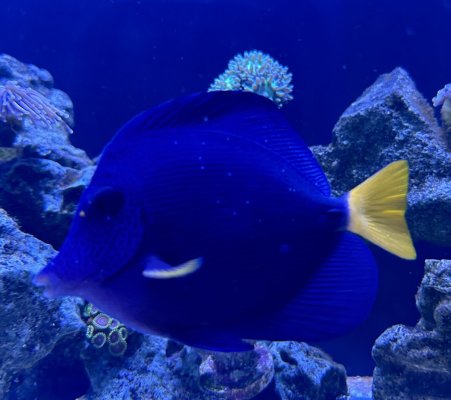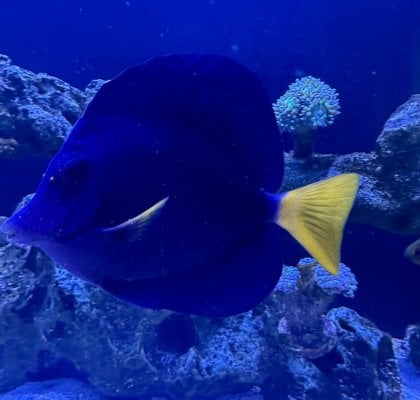Hi guys,
Had PT in about 3 weeks. He’s been doing fine but yesterday when doing a water change he lost some colouration and got stressed. Today he was fine and back darting around and eating but this evening he seems lethargic and has developed these spots. Any thoughts?
Water parameters are good and stable. He’s still eating etc. just concerned


Had PT in about 3 weeks. He’s been doing fine but yesterday when doing a water change he lost some colouration and got stressed. Today he was fine and back darting around and eating but this evening he seems lethargic and has developed these spots. Any thoughts?
Water parameters are good and stable. He’s still eating etc. just concerned



















